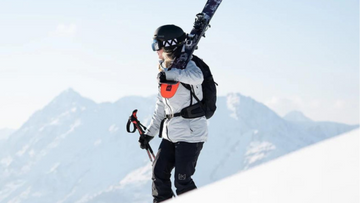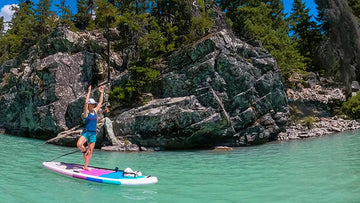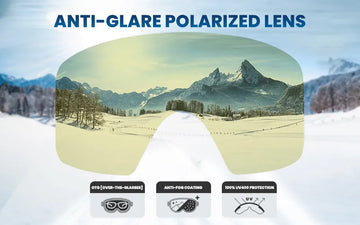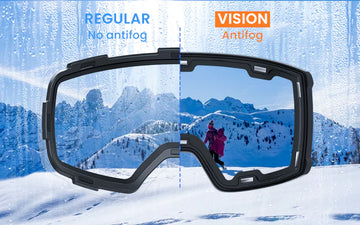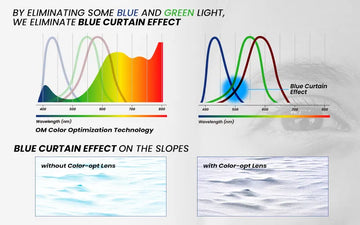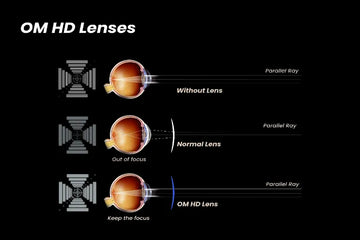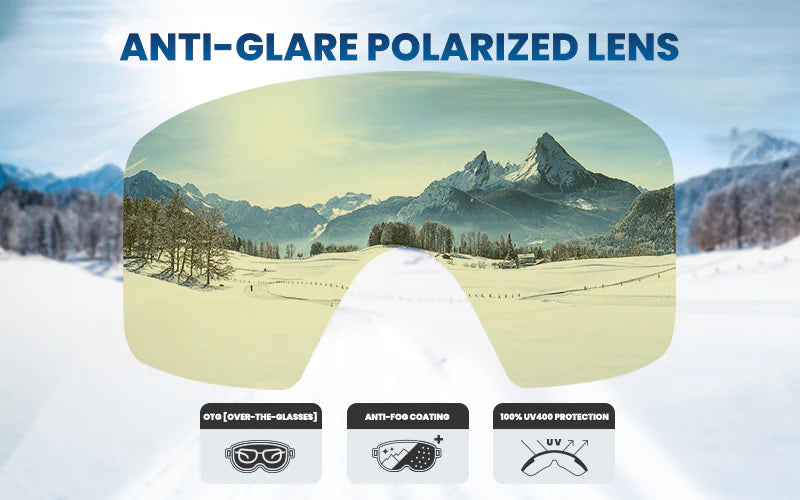
At first glance, polarized ski goggles look pretty much the same as non-polarized ones. The differences lie within the lens, as it works in a slightly different way.
When the sun beams down, its light comes at you from every direction. So when the sunlight hits the snow, it bounces off in a flat, horizontal direction, causing polarized light.
The lens in polarized ski goggles has a vertical filter that helps to block this horizontal light. This filter reduces or eliminates glare caused by light bouncing off objects.
So, what would your vision be like if you wore polarized ski goggles rather than regular ones? Regular goggle lenses don't reduce glare reflecting off the snow. So you can be temporarily blinded or not be able to see changes on the surface when the glare is particularly bad.
However, with the reduced or eliminated glare of polarized ski goggles, you don't have to worry about being unable to see on bright days. You will also be able to pick out the details in the snow as you carve down the mountain, making it safer.
You Need Polarized Ski Goggles If You...
-
Are Skiing on a bright, sunny day
-
Want to reduce or eliminate glare
-
Have a little extra money to spend
-
Want to enhance your vision
-
Get eye strain
-
Can cope with icy patches without warning
You Don't Need Polarized Ski Goggles If You...
-
Are skiing in low light
-
Are on a budget
-
Are an inexperienced skier
-
Constantly look at your phone or use a camera
Advantages And Disadvantages Of Polarized Ski Goggles
Advantages Of Polarized Ski Goggles
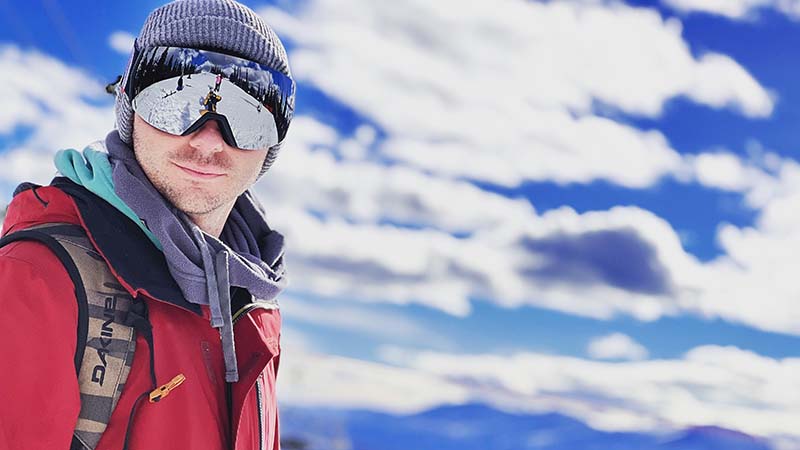
Glare Reduction: As we've just mentioned, polarized ski goggles make your vision clearer by filtering out glare caused by polarized light. Polarized light is very common on reflective surfaces such as water and snow, so you can see why polarized ski goggles are a common choice.
Improved Clarity: When you compare polarized ski goggles with regular ones, you'll discover that your vision is sharper and has more clarity. The lens does this by improving contrast without distorting the color. This is most noticeable when you're skiing on bright sunny days.
More Vivid Colors: You may be surprised to learn that there are tiny particles floating around in the air that reflect light similarly to the snow on the ground. These particles can cause a haze that dulls the colors you see.
However, your polarized ski goggles filter the reflections from the particles, making the colors you see more vivid, brighter, and vibrant. This makes skiing through the stunning landscapes even more pleasurable and impressive.
Reduced Eye Strain: When skiing in bright light, we squint to focus on what's in front of us, even if we don't realize it. This causes strain on our eyes, making them uncomfortable and tired after a while; it can even cause headaches. But, the reduced glare of polarized ski goggles is easier on your eyes, so you are more comfortable and safer on bright days.
Disadvantages Of Polarized Ski Goggles

But, before you buy yourself some new polarized ski goggles, you need to know the full story.
They Don't Work Well In Low Light: Polarized ski goggles excel on bright days; however, they aren't the best choice for cloudy days or as the sun sets.
You may find the polarized lens too dark in low light conditions, which can be dangerous. This is because the lens blocks some light that would typically reach your eyes, making it appear darker than non-polarized ski goggles. The darker tint of polarized ski goggles also contributes to the lower performance in low light.
It Can Be Tricky To Spot Icy Patches: When you're shredding the mountain, the glare bouncing off the snow actually helps you to spot icy patches. So, you can see how polarized ski goggles may get you into trouble.
As the polarized lens blocks the glare, you may not see the light reflecting off an icy patch, causing you to not notice it until it's too late.
Difficult to See Your Phone Or Camera Screen: Polarized ski goggles make LCD screens too dark or too bright to see. This can be frustrating if you need to check your phone regularly or take photos of your day on the mountain.
Polarized Ski Goggles Are Often More Expensive: As polarized ski goggles have more technology incorporated into the lens, they demand a higher price. So if you're trying to reduce the cost of your ski trip, you need to consider whether the advantages outweigh the disadvantages for you.
 Pro Pro
|
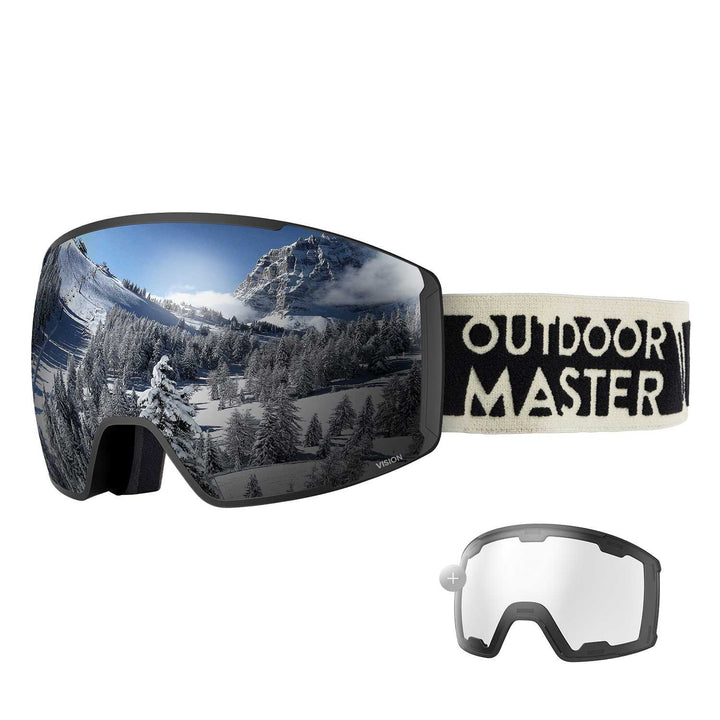 Vision Vision
|
 Eco-friendly Eco-friendly
|
|
|---|---|---|---|
| Lens Shape | Spherical | Toric | Spherical |
| 100% UV400 | ✓ | ✓ | ✓ |
| Interchangeable Lens | Yes-Magnetic | Yes-Magnetic | Yes-Magnetic |
| Anti-Fog | ✓ | ✓ | ✓ |
| Polarized | Some lenses | Some lenses | Some lenses |


